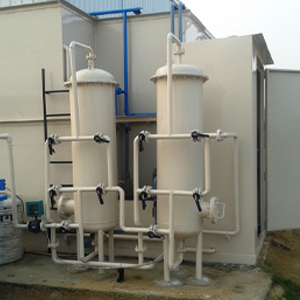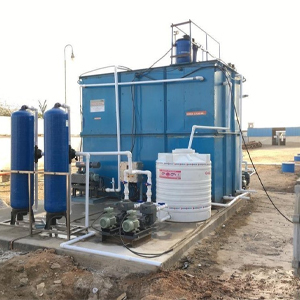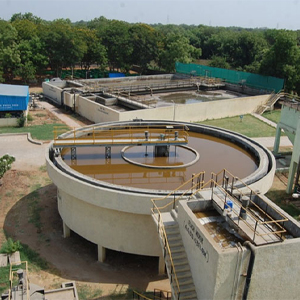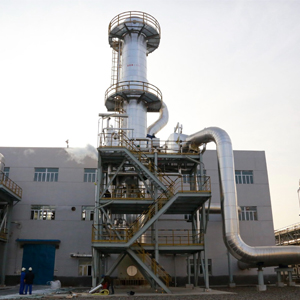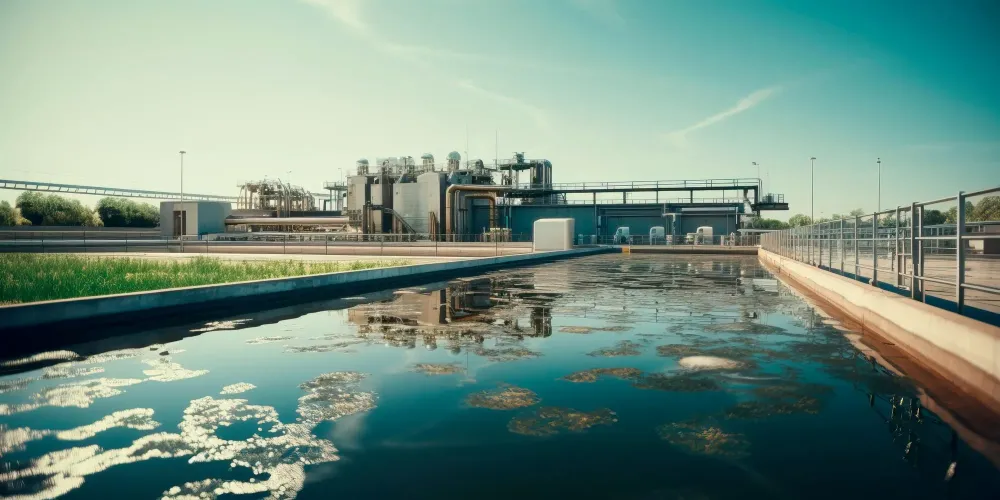
Waste Water Treatment Plant Manufacturer in Gujarat
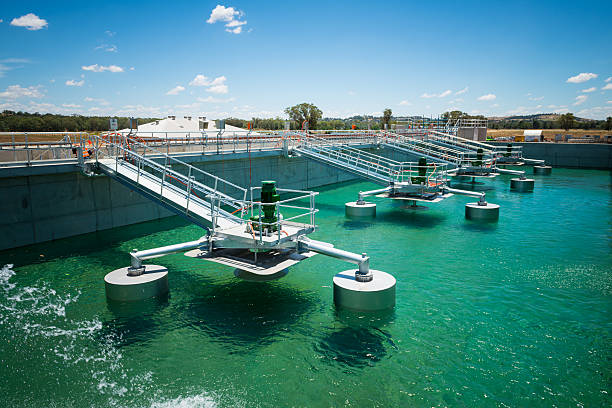
Waste Water Treatment Plant
We specialize in designing and manufacturing advanced wastewater treatment plants (WWTPs), focusing on efficient and sustainable treatment solutions. Their systems are engineered to handle both industrial and municipal wastewater, ensuring effective removal of contaminants through processes like biological treatment, chemical neutralization, and filtration.
The treated water can be reused for non-potable purposes, promoting water conservation and reducing environmental impact. Crown Puretech's plants are built to comply with strict environmental standards, supporting long-term water management goals.
Key Stages of Waste Water Treatment
Preliminary Treatment
This initial stage involves the removal of large objects (like sticks, rags, plastics) and grit that can damage or clog equipment. Screens and grit removal systems are commonly used here.
Primary Treatment
In this phase, physical processes like sedimentation are used to separate out suspended solids from the wastewater. Solids settle at the bottom of large tanks, forming sludge, while oils and greases are skimmed from the surface.
Secondary Treatment
This stage focuses on removing dissolved and suspended organic matter through biological processes. Microorganisms (e.g., bacteria) break down organic compounds. Common methods include activated sludge, where aerated tanks encourage microbial growth to digest waste, and trickling filters, where wastewater flows over a bed of media hosting beneficial microbes.
Tertiary Treatment
Tertiary or advanced treatment further purifies the water, removing nutrients like nitrogen and phosphorus, as well as any remaining pathogens or toxic substances. This stage often involves chemical or physical processes such as filtration, chemical precipitation, and sometimes disinfection (using chlorine, UV light, or ozone).
Disinfection Treatment
In the final stage, disinfectants are applied to kill or neutralize remaining harmful microorganisms, ensuring that the treated water is safe before it is discharged into natural bodies of water or reused.
Sludge Treatment
The sludge collected from primary and secondary treatment is further processed through digestion (to stabilize the material), thickening, dewatering, and drying. The treated sludge can be disposed of in landfills, incinerated, or used as agricultural fertilizer.
Benefits of Waste Water Treatment
Environmental Protection
Prevents pollution of rivers, lakes, and oceans by removing harmful chemicals and pathogens from wastewater.
Water Conservation
Recycled water from treatment plants can be used for irrigation, industrial processes, or even potable water in some cases.
Public Health
Treatment plants protect communities from waterborne diseases by removing harmful bacteria and viruses from sewage.
Processes
- MBBR (Mix Bed Bio Reactors)
- MBR (Membrane Bio Reactors)
- SBR (Sequential Batch Reactors)
- EC (Electro Coagulation)
- CC (Chemical Coagulation)
- ASP (Activated Sludges Process)
Systems
- Convectional System
- Above Ground
- Below Ground
- Modular System
- Containerized
- Non – Containerized


